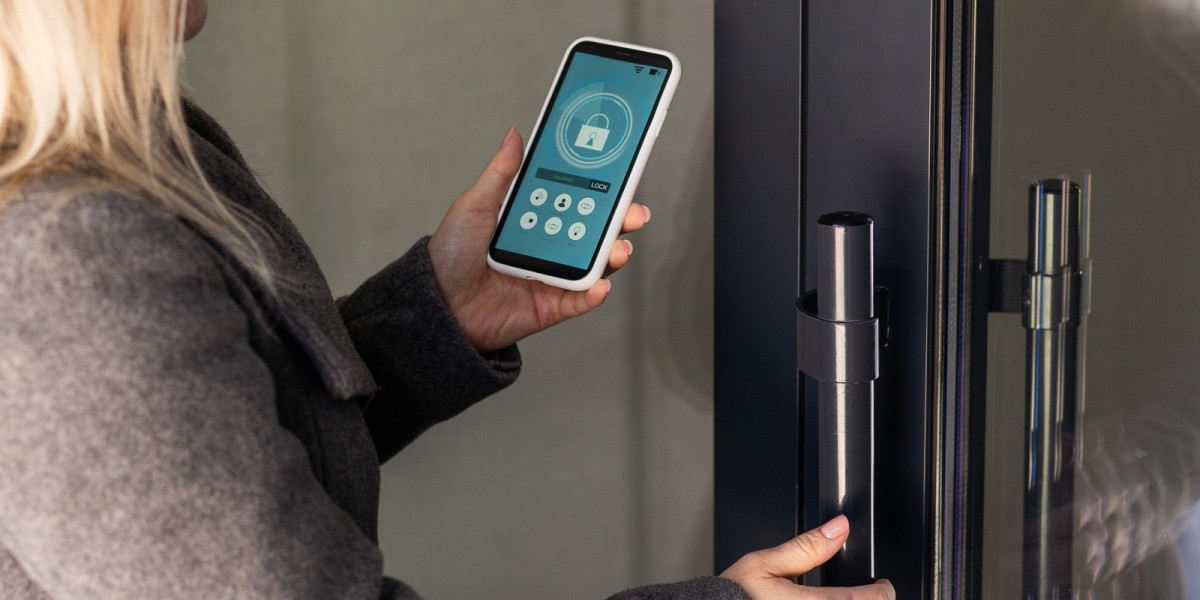Introduction
As smart home security systems become more widespread, regulatory frameworks and compliance standards are playing an increasingly vital role in ensuring the safety, privacy, and reliability of these solutions. Governments and regulatory bodies worldwide are enacting laws to address cybersecurity threats, data privacy concerns, and interoperability requirements. This article examines key government regulations affecting the smart home security market, the challenges of compliance, and the implications for businesses and consumers.
The Need for Regulatory Oversight in Smart Home Security
The expansion of smart home security solutions, including surveillance cameras, smart locks, and connected alarm systems, has introduced new challenges related to:
Data Privacy Risks: Security devices collect and store sensitive user data, making compliance with data protection laws essential.
Cybersecurity Vulnerabilities: Hackers target smart security systems, necessitating robust cybersecurity regulations.
Interoperability and Safety Standards: Ensuring that different smart security products work together and meet quality benchmarks is crucial for consumer trust.
Key Government Regulations Impacting the Smart Home Security Market
1. General Data Protection Regulation (GDPR) – European Union
Requires manufacturers to implement strict data protection measures.
Grants consumers rights over their personal data, including access and deletion requests.
Enforces heavy penalties for non-compliance.
2. California Consumer Privacy Act (CCPA) – United States
Regulates how companies collect and process personal data from California residents.
Mandates transparency in data handling and provides consumers with opt-out rights.
Encourages smart security companies to adopt stronger data security policies.
3. Cybersecurity Improvement Acts – United States & Other Regions
Enforces minimum cybersecurity standards for IoT devices, including smart security products.
Requires manufacturers to disclose known vulnerabilities and provide security updates.
Promotes the adoption of encrypted communications and secure authentication.
4. Federal Communications Commission (FCC) and IoT Regulations
Ensures that wireless smart security devices comply with radio frequency and cybersecurity standards.
Prevents unauthorized access to connected home security devices.
5. UK Product Security and Telecommunications Infrastructure Act
Introduces mandatory security requirements for smart devices, including unique passwords and timely software updates.
Prohibits default passwords, which are commonly exploited by cybercriminals.
Compliance Challenges for Smart Home Security Companies
1. Keeping Up with Evolving Regulations
Different regions have varying compliance standards, making it complex for global companies to ensure compliance.
2. Balancing Security and User Experience
Enhanced security measures, such as multi-factor authentication, can sometimes reduce ease of use, leading to consumer resistance.
3. High Compliance Costs
Meeting stringent cybersecurity and data privacy requirements requires continuous investment in security upgrades and audits.
4. Addressing Supply Chain Risks
Many smart security products rely on third-party components, increasing vulnerabilities that must be managed to maintain compliance.
Future Trends in Smart Home Security Regulation
Stricter AI and Biometric Regulations: Governments will introduce more rules around AI-driven security cameras and biometric authentication.
Standardization of IoT Security Protocols: Industry-wide security standards will improve interoperability and trust in smart home security devices.
Increased Focus on Consumer Awareness: Regulatory bodies will push for transparency in data handling, ensuring users are well-informed about security risks.
Cybersecurity Certification Programs: Compliance certifications will become a key differentiator for smart security brands, ensuring that their products meet government standards.
Conclusion
The smart home security market is increasingly influenced by government regulations and compliance standards aimed at enhancing cybersecurity, protecting consumer data, and ensuring interoperability. While these regulations present challenges for manufacturers, they also promote trust and long-term adoption of smart security solutions. As global regulatory frameworks evolve, businesses must stay proactive in implementing security best practices to meet compliance requirements while delivering secure and user-friendly products.







